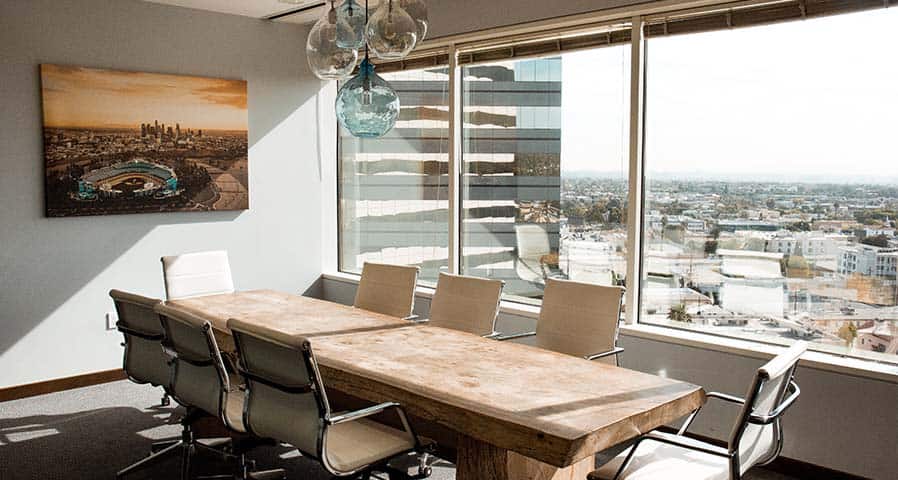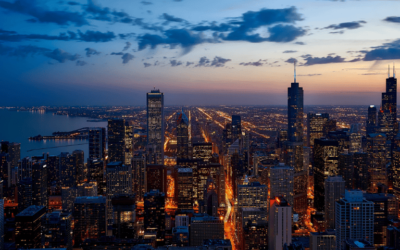Architects are incorporating daylighting and natural lighting into their building designs to promote energy efficiency and make the spaces more comfortable. A common theme among modern architecture is skylights, lots of windows, and reflective surfaces to let in all the natural lighting possible. Along with this, daylighting controls are being installed within the electrical systems. Daylighting is when the lighting follows along with the time of day. It will start off lower in the morning and get brighter as it gets towards the afternoon and finally dimming again at night. When the lighting is low, additional task lighting, like desk lamps, can be used for supplemental light so employees or tenants can see.
Daylighting has proven to help lower utility bills and improve energy efficiency throughout facilities and is a key way architects are making newly built facilities sustainable. By keeping the lighting low at times when offices or spaces aren’t at peak occupancy, it can help lower energy usage by as much as 75%. Facility owners and businesses that occupy these spaces can promote their sustainable efforts as part of their business’ ESG strategy to gain more recognition and possibly clients as well.
When sitting under harsh lighting all day, employees may experience strain in their eyes, possible headaches, and disruption in their sleep cycles. Daylighting helps keep the environment more comfortable, especially for office employees who are at their desk in front of computers for eight hours. The lower lighting levels can ease the strain artificial lighting puts on people, plus help them regulate their circadian rhythms so they can sleep better at night. By improving employee working conditions, it gives the potential to improve morale and productivity.
Click here to read the full article, originally published July 20, 2023, by Interesting Engineering.






































0 Comments